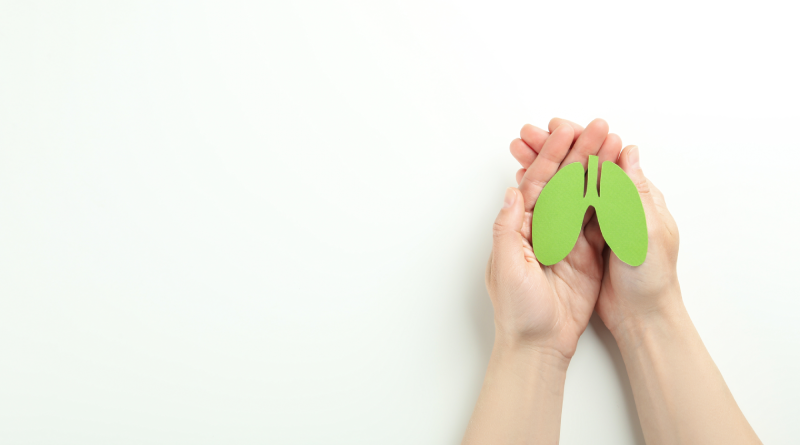Can COPD Be Cured ?
(Chronic Obstructive Pulmonary Disease)
What Is COPD Definition?
It is challenging for people to breathe regularly when they have the chronic obstructive pulmonary disease (COPD), a respiratory condition that damages the lungs. Emphysema and chronic bronchitis are the two primary lung conditions referred to be COPD. This chronic disease significantly impacts the patient’s health and quality of life.
Exposure to cigarette smoke and other toxic chemicals and particles is the primary cause of this condition. Although women are now more frequently receiving COPD diagnoses, it was thought that males, particularly those over 40, were more prone to the need for a long time. Despite being a condition that affects a large portion of the world’s population, many individuals are still unaware of how serious the situation is with chronic obstructive pulmonary disease.
We will go into more detail about what COPD is and how it is treated in this article.
What Is The Causes Of COPD?
The most important cause of the disease is cigarette addiction. COPD occurs after smoking for approximately 20 years after smoking. If more smoking than one package a day is smoking, this time is shorter. Today, COPD, which has become the third cause of death all over the world, is responsible for 5.5 %of all deaths and causes 2.9 million deaths per year. The incidence of COPD in our country is 15-20 %in adults over the age of 40. In our society, there is COPD in one in 5 people over 40 years of age. However, only one of the COPD patients can consult a doctor and receive a correct diagnosis. Nearly 3-5 million COPD patients in our country know that only 300 to 500 thousand are ill with -the disease.
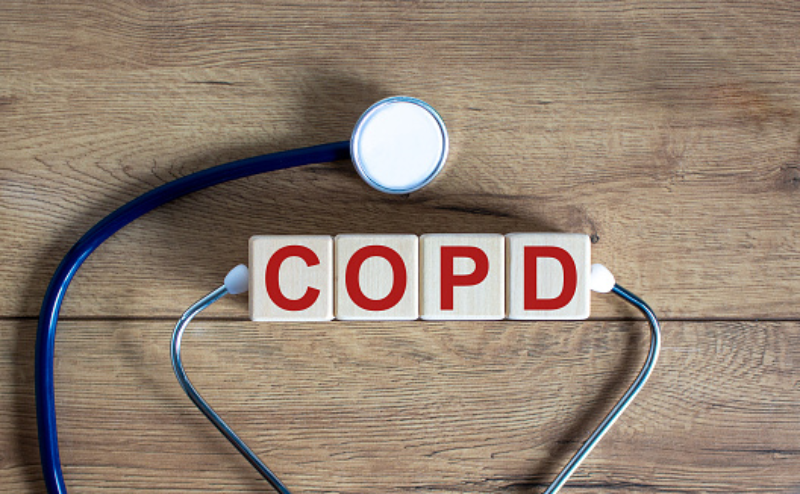
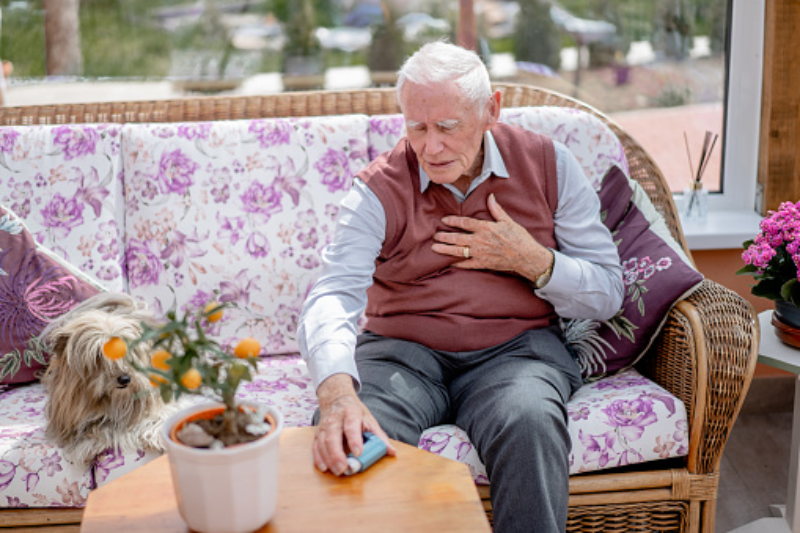
What Are COPD Symptoms?
Chronic obstructive pulmonary disease COPD is a group of lower respiratory (lung) diseases that includes both emphysema and chronic bronchitis. COPD cannot be cured, but there are medications to help keep its symptoms under control. Symptoms of COPD are as follows:
- Persistent cough
- Body producing too much phlegm
- Shortness of breath, especially when you are physically active
- Wheezing when breathing
- Tightness in your chest
- Redness of the skin due to clogged capillaries
- Frequent colds or flu
- Bruising on nails
- Weakness
- Swelling in ankles, feet, and legs
Is COPD A Contagious Disease?
COPD is not a contagious disease. There are many factors in the development of COPD. One of the biggest causes is smoking and exposure to secondhand smoke.
What Happens If You Don’t Get Treated For COPD?
Untreated COPD can cause faster disease progression, heart problems, and worsening respiratory infections. Given the danger of leaving the condition untreated, COPD is vitally critical.
How Long Does A COPD Patient Live?
COPD is a chronic, slowly progressive lung disease. The severity of the disease and the stage of the disease are effective in the life span of COPD disease. If it is not diagnosed early and COPD balloon treatment is not applied even in its advanced stages;
Life expectancy is usually calculated on a 5-year survival rate for most diseases. Five-year life expectancy in people with chronic obstructive pulmonary disease (COPD) varies between 40-70%, depending on the severity of the disease. This means that 40-70 out of 100 people will be alive five years after being diagnosed with COPD. The 2-year survival rate for patients with severe COPD is only 50%. In other words, in extreme cases, 1 out of every 2 people is expected to die within 2 years.

What Is The Difference Between COPD, Asthma And Emphysema?
When you have asthma, the swelling is frequently brought on by an allergen, such as pollen or mold, or by exercise. Emphysema and chronic bronchitis are among the lung disorders collectively referred to as COPD. When the small sacs in your lungs known as alveoli are destroyed, emphysema results.
How Can I Live A Better Life With COPD?
COPD symptoms progressively compromise the patient’s ability to function normally in terms of their day-to-day activities and physical activity and can impair sleep quality. Moreover, increased COPD symptom burden is associated with comorbid anxiety and depression.
10 Tips for Managing COPD
- Give up smoking. Giving up nicotine is one of the most important things you can do for your health. …
- Eat right and exercise. …
- Get rest. …
- Take your medications correctly. …
- Use oxygen appropriately. …
- Retrain your breathing. …
- Avoid infections. …
- Learn techniques to bring up mucus.
What Are The Stages Of The Chronic Obstructive Pulmonary Disease? (COPD)
Over time, COPD symptoms progressively worsen. There are four phases of COPD, according to the National Heart, Lung, and Blood Institute and World Health Organization’s Global Initiative for Chronic Obstructive Lung Disease (GOLD) program.
1. Early Stage ;
Early-stage COPD symptoms are quite similar to flu symptoms and might lead to incorrect diagnoses. The major symptoms in this stage are difficulty breathing and a persistent cough that may produce mucus.
2. Mild Stage ;
The early symptoms of the disease worsen and become more perceptible in the patient’s day-to-day activities as the condition progresses. The patient may experience breathing issues even after light exertion as their breathing troubles worsen. Wheezing, tiredness, and difficulty sleeping start to appear.
3. Severe Stage ;
Lungs suffer severe damage and are unable to function correctly. The lungs’ air sacs’ walls are still deteriorating. It becomes more challenging to inhale oxygen and exhale carbon dioxide. It gets harder to breathe in oxygen and breathe out carbon dioxide. All other prior symptoms are still becoming worse and occurring more often. It’s possible to notice new symptoms including chest tightness, excessive weariness, and more frequent chest infections. In Stage 3, you could go through brief periods where your symptoms suddenly get worse.
4. Very Severe ;
COPD at stage 4 is seen as being quite severe. All prior symptoms are still becoming worse, and flare-ups are happening more often. The lung capacity is around 30% lower than usual, and the lungs cannot work adequately. Even when performing routine tasks, the patients experience breathing difficulties. Hospitalizations for respiratory failure, lung infections, or difficulty breathing are common in stage 4 COPD, and sudden flare-ups can be deadly.
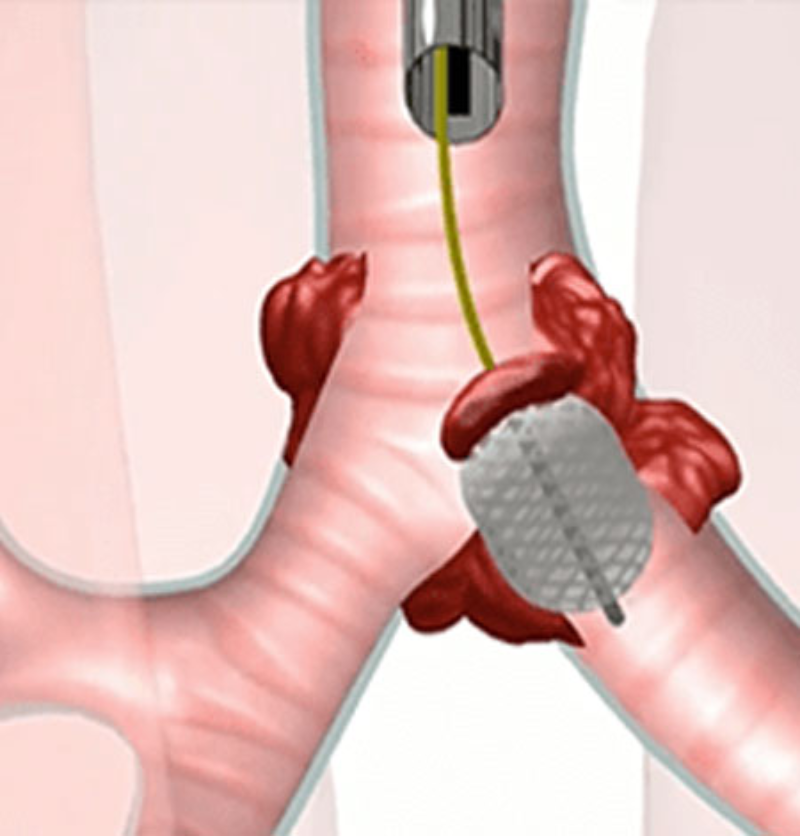
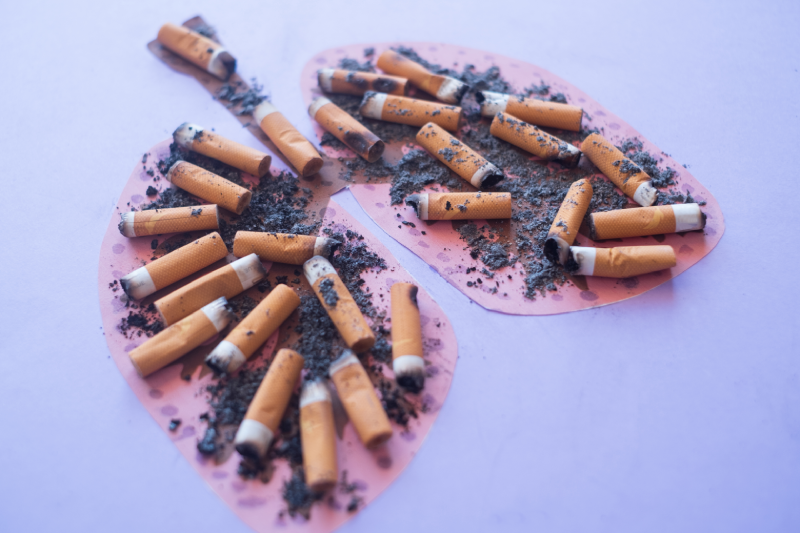
Does The Balloon Procedure Hurt?
No, balloon sinuplasty usually isn’t painful. Most people who have balloon sinuplasty report feeling a sense of pressure in their nose during the procedure.
COPD balloon treatment, which is carried out under general anesthesia for an average of 1 to 2 hours, preserves the entire turbinate function and allows the patient to breathe better. Balloon rhinoplasty, in which the middle turbinates and the entire normal ethmoid sinus anatomy are preserved, also allows the resolution of chronic sinus problems without the risk of empty nose syndrome.
How Long Does It Take To Recover From COPD?
In the first week following the development of an AECOPD, significant improvements in lung function and airway inflammation take place, however, it may take up to two weeks for improvements to occur in systemic inflammatory markers. Over the course of the first 14 days, symptoms often go better, although there are significant differences across studies and people.
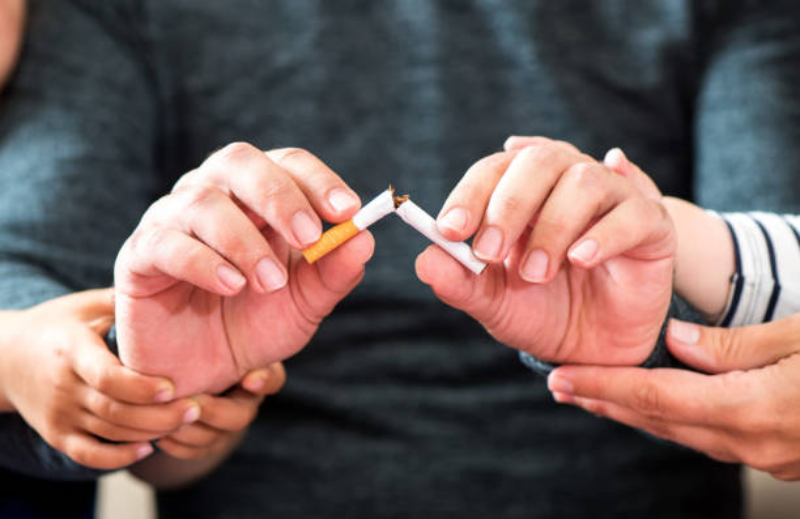
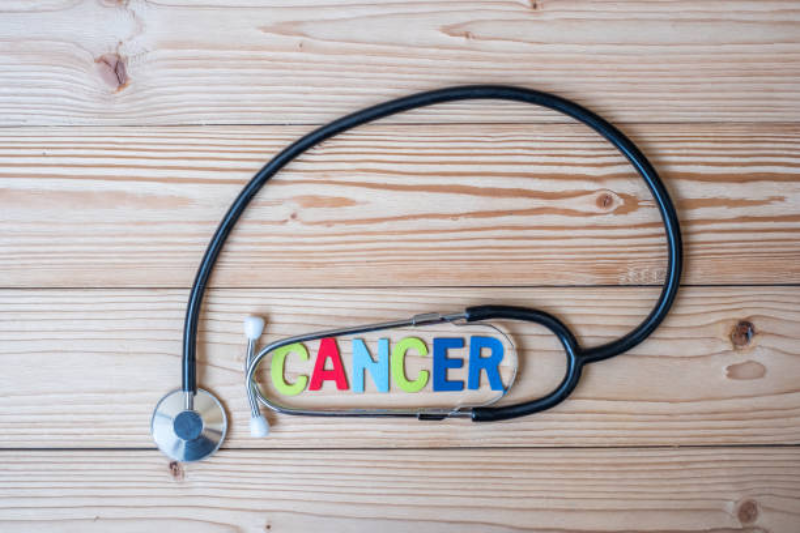
Success Results Of COPD Treatment In Turkey
COPD Treatment begins with quitting smoking.
Small bronchi are particularly affected by COPD. Sputum production increases in 3 to 8 millimeters of these bronchi, which are blocked by smoking. The sputum then solidifies and forms a mechanical plug. In the small bronchioles, the cells responsible for the production of sputum, which we call goblet cells, hypertrophy (swell), the bronchial smooth muscle becomes hypertrophic (swelling), and the increased mucus (phlegm) accumulated in the narrowed bronchial cavity mechanically obstructs the bronchi. This sputum can solidify and form mechanical plugs despite medications, expectorants, and physiotherapy.
Chronic obstructive pulmonary disease, or COPD, is a group of diseases that cause airflow obstruction and breathing problems. Including emphysema and chronic bronchitis. COPD makes it difficult to breathe for millions of people with the disease worldwide. And with each passing time, millions more are living or dying from COPD.
Even though COPD was diagnosed for many years, a definitive cure could not be found. COPD balloon treatment, which was developed by a professor in Turkey a few years ago, is now seen as a miracle in COPD disease, and COPD balloon treatments are rapidly continuing.
“The aim here is to relieve the patient by clearing the secretions in the bronchi. In patients who develop COPD due to many environmental effects, mainly smoking, there is an increase in secretion due to the rise in the number of cells (Goblet cells) that produce sputum (mucus) together with the narrowing of the airways. In the balloon treatment method, the airways of the patient are entered with a bronchoscope device under general anesthesia under operating room conditions, and the small airways that can be reached are mechanically cleaned one by one within a few hours with the balloon selected in accordance with the bronchial diameter. Here, the specially designed balloon, covered with a scraping mesh, is inflated with the help of an electronic pump with adjustable pressure and frequency and applied to the bronchi, and the thickened inner layer is restored and the bronchi are expanded.
Cost Of COPD In Turkey
Many COPD patients both domestically and internationally prefer Turkey since it is the nation where the best health treatment outcomes may be found. Patients should be certain that they receive quality care from specialists in the top facilities using the most up-to-date medical technology because their treatment carries some risk. Due to the unique payment requirements for this therapy, it is crucial that patients pay the best rates and receive excellent care. Due to Turkey’s favorable currency rate and cheap cost of living compared to other nations, COPD therapies are often 70% less expensive there. Our CureBooking website offers information about treatments available round-the-clock.
We provide reasonable vacation packages that are ideal for you in addition to full-service COPD treatment in Turkey.
These packages cover all necessary medical costs as well as lodging at a five-star hotel, VIP transportation from the airport to the clinic and hotel, hotel privileges, a complimentary first checkup, and hotel privileges. In one of the top COPD treatment clinics in Turkey that we have a deal with, we wish to help you live a better life. Only available on our CureBooking website, 13.500€ special pricing.


Are COPD Patients Suffering From Covid-19 More Severely?
In the statement, which stated that COPD is a progressive lung disease with narrowing of the airways, it was stated that COPD patients carry a 5-fold greater risk of contracting Covid-19. COPD, defined as chronic obstructive pulmonary disease, is a progressive lung disease with a narrowing of the airways.
I Have Bronchitis, Do I Have A Risk Of Becoming COPD?
Chronic bronchitis is the inflammation and narrowing of the airways, called bronchi, leading to the alveoli. Emphysema means the breakdown and enlargement of these airways and vesicles. As a result, the inhaled air cannot be transmitted to the alveoli and remains restricted in the lung. This condition is called COPD.
I Have Asthma. Do I Have A Risk Of Becoming COPD?
While wheezing, coughing, shortness of breath, sputum, chest tightness, and fatigue symptoms are seen in both diseases, these symptoms are experienced as attacks in asthma and continuously in COPD. The similarity of symptoms is important for diagnosis and treatment.
I Have A Phlegm Complaint. Am I At Risk Of COPD?
COPD is the abbreviation for Chronic Obstructive Pulmonary Disease. The most common complaints of COPD are shortness of breath, cough, and sputum production.
How does COPD Cough Happen?
The main symptoms of COPD are coughing sputum, and shortness of breath, especially as a result of movement. Cough and sputum production are only seen in the morning. Sputum comes out in very small amounts. Patients generally do not care about the complaints and may accept this as a natural consequence of smoking.
Does COPD Turn Into Cancer?
The “risk rate” of developing lung cancer in those diagnosed with the chronic obstructive pulmonary disease was 2.6 times higher than in those without COPD (8). The presence of COPD has been demonstrated in 50-80% of patients diagnosed with lung cancer.
Does A COPD Patient Sleep A Lot?
Excessive daytime sleepiness and frequency of snoring were found to be significantly higher in COPD patients, but no correlation was found between the severity of the disease and these findings. CONCLUSIONS: Symptoms related to sleep apnea syndrome are common in patients with COPD, regardless of the severity of the disease.
What Food Is Good For COPD?
Breathlessness and tiredness are two symptoms of chronic obstructive pulmonary disease (COPD) that can be reduced with the appropriate combination of nutrients.
High-Fiber Foods
- Whole wheat bread.
- Whole grain cereals.
- Oats.
- Quinoa.
- Brown rice.
- Whole grain pasta.
- Legumes like beans, peas, and lentils.
- Fruits.
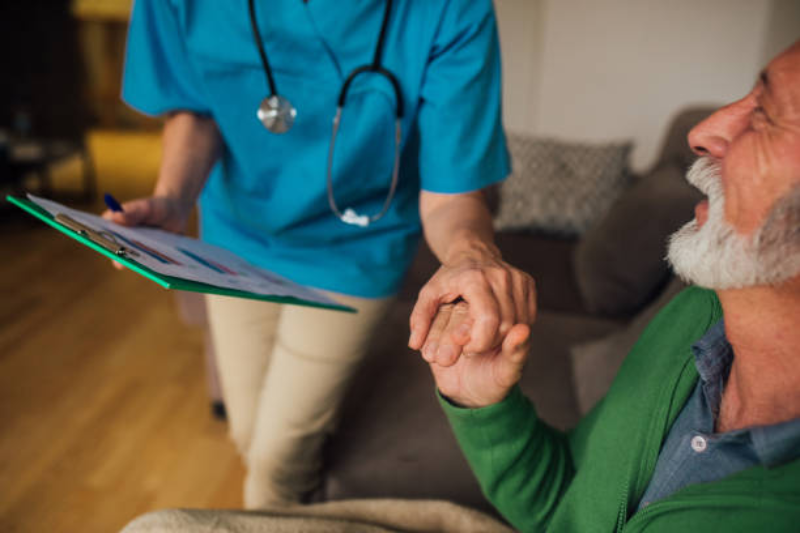

Our Recommendations For COPD Patients
Do sports regularly. Aerobic exercises including walking, cycling, and water aerobics strengthen lung function and prevent COPD symptoms.
For lots of water. Aim to drink 10-12 glasses of water a day.
Increase your intake of foods rich in vitamins C and E, such as lemons, broccoli, kiwis, and nuts, as these vitamins can also help improve lung function.
Eat low-carb, high-fiber, and high-protein foods to help strengthen respiratory muscles and reduce the amount of CO2 produced by the body.
Long-term use of cortisone medications to keep COPD-related inflammation under control can cause side effects such as muscle wasting and osteoporosis. Therefore, it is recommended that such patients regularly take calcium and vitamin D supplements to prevent bone destruction.
Why CureBooking?
**Best price guarantee. We always guarantee to give you the best price.
**You will never encounter hidden payments. (Never hidden cost)
**Free Transfers (Airport – Hotel – Airport)
**Our Packages prices include accommodation.
